filters, windshield wipers, and car AV installation kits
取付キット(BESTKIT)
What is the Car navigation/audio installing kit?
The car navigation/audio installing kit is packaged a panel, metal fittings, connectors, or screws which are necessary to ‘’trade-in.’’ (※1)
Main parts of the kit (e.g. NKK-H67D)
| a panel | Metal fittings |
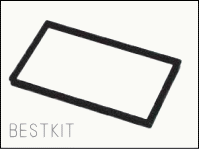 It fills up space of the car AV. |
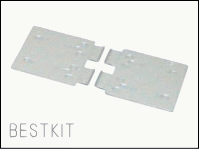 These fit the car AV |
| Wiring Connector | Antenna Converting Adapter |
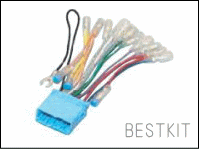 It is a connector for connecting a car AV to your car. |
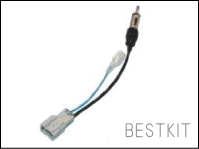 If your car has JASO plug, use this. |
| Antenna Converting Adaptor for a Socket | |
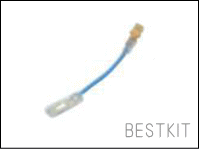 It changes when your car has antenna remote terminal as Faston terminal in order to change it to the Bullet terminal. |
※1:Trade-in
To exchange a genuine car AV to new car AV that you bought by using the kit.
(⇔Add-on) To install new car AV without taking away the genuine car AV.
Glossary
| DIN Standard | Approx. 8 inches space in width | Cluster |
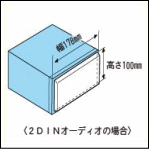 DIN is German industrial standard. For example, 1 DIN means approximately 7 inches width and 2 inches height. 2 DIN means piling up 1 DIN and 1 DIN. |
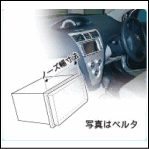 Some of TOYOTA/DAIHATS cars have approx. 8 inches space for car AV. |
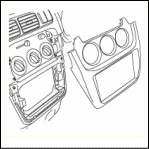 Around the place, where Car AV is installed, is called Cluster. |
| Roof Antenna | Glass Antenna | Auto Antenna |
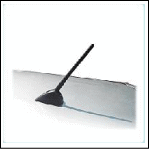 It is placed on the roof of a car, and it is resin coated |
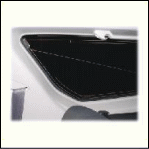 It is in the rear or side window. |
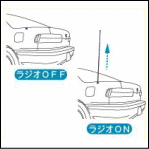 When the radio is turned on/off, the antenna getting longer/shorter automatically. |
| Escutcheon Panel | Grommet | Bumpstops Rubber Bushes |
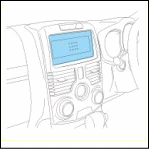 This is a panel in order to close the empty space of car that doesn’t have a car AV. |
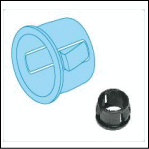 It is used in many places in a car like letting the cables through the engine room, closing water drain hole in a trunk, etc. |
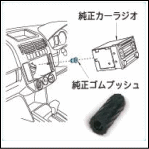 It is made of rubber in order to protect car AV from the vibration or the impact. |
| Unique Shaped car AV | Dashboard Instruments panel | Electro-Tap |
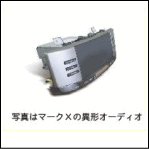 They are different size from 1 DIN, 2 DIN, and 200mm. |
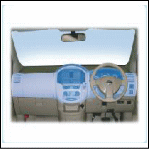 It is about speedometer, tachometer, odometer, or fuel gauge that place in front of the driver. Sometimes it also means something that is placed in front of the seat next to the driver. |
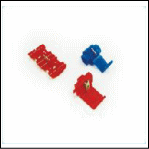 It can put 2 cables together, and then connect 2 electro wires or separate them. |
| Antenna Diversity | DSP | Impedance |
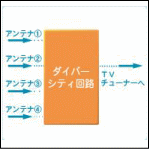 It uses two or more antennas, which is the diversity circuit, to improve the quality and reliability of a wireless link, TV, or a radio. |
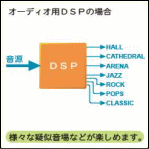 It stands for Digital Signal Processor. It’s a type of the specialized microprocessor for processing audio or pictures. (The microprocessor incorporates the functions of a computer's central processing unit on a single integrated circuit) |
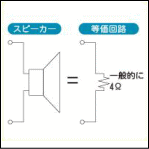 It is a measure of opposition to alternating current. The car audio’s speaker usually use ohm(Ω) as the unit. ※4Ω speaker is generally used for car speaker. |
| Full-range speaker | EMV | Channel |
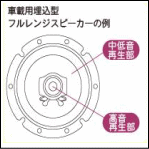 It’s a speaker which reproduces as much of the audible frequency range (about 20~20000Hz) as possible within a unit. |
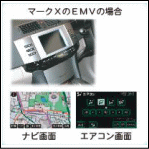 It stands for Electro Multi Vision. Through the EMV and its touch screen, you can easily control the air-conditioner, audio, car navigation, or TV. |
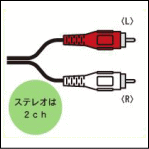 It’s a unit for how many sound sources your car has. A car AV usually has 4 channels from both right/ left front sides, and both right/ lift back sides. |
| CAN-Bus | Telematics Service | 5.1 Channel Surround Sound System |
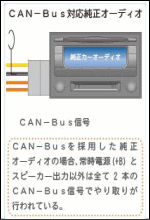 It stands for Controller Area Network. Development of the CAN-bus started originally at Robert Bosch GmbH. It is a vehicle bus standard designed to allow microcontrollers and devices to communicate with each other within a vehicle without a host computer. Therefore, installing a non-genuine car AV is really hard. |
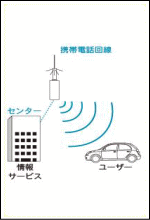 It’s the constituents of a compound word of telecommunication and informatics. The service provides your car to use the internet. Some domestic car makers use this service such as, G-BOOK (HONDA), Car-Wings Navigation (NISSAN), or Honda Inter Navigation System (HONDA). |
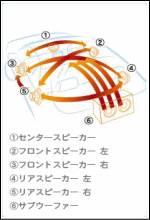 It’s one of the digital surround sound methods, and it uses five full bandwidth channels and one low frequency enhancement channel (the "point one"). |
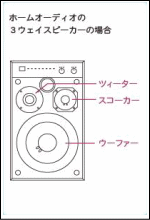 It’s a speaker of 3 different drivers, such as subwoofers (for very low frequencies); woofers (low frequencies); mid-range speakers (middle frequencies); tweeters (high frequencies); and super tweeters (the highest frequencies) in order to reproduce our audible frequency range, 20~20000Hz. |
||